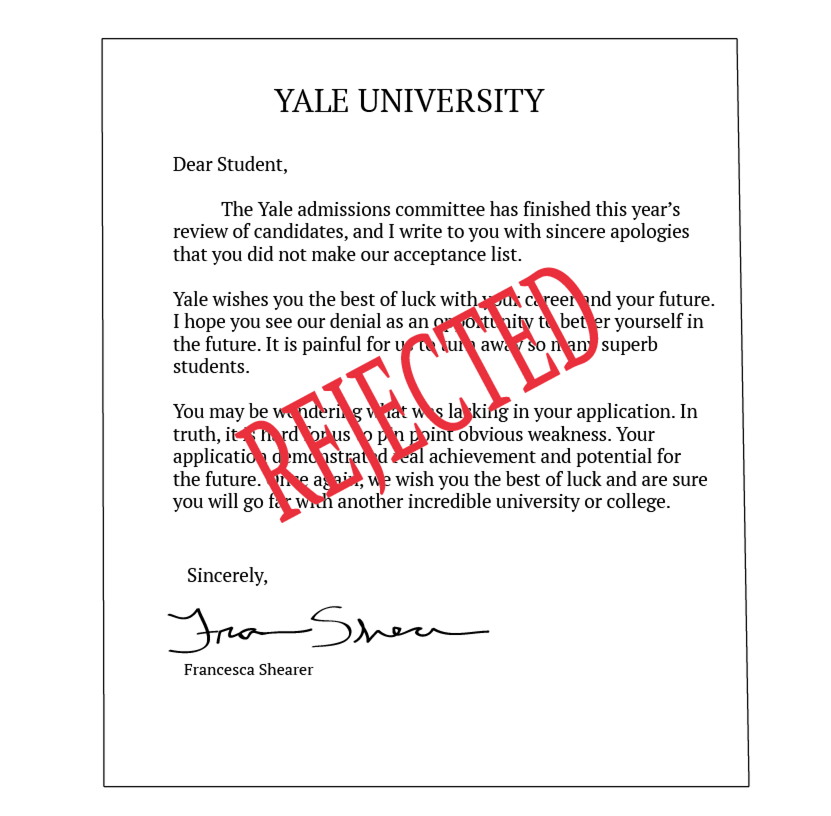August 12, 2039
Beginning this academic year, parents are sending record numbers of applications for their unborn children to participate in internships in order to have a competitive edge. Selective daycare programs groom 12-36 month-olds for Ivy League schools. Yearly tuition for the top-notch daycares such as Johnson and Johnson, Gerber, and Pampers range from twenty to thirty thousand dollars a year. These prestigious institutions have extremely demanding criteria to even be considered for application, including advanced fine motor skills, adept balance and spatial awareness, and demonstrated cognitive ability.
The pool of toddlers that graduate from these high-end establishments summa cum laude are considered to be the only viable candidates for Ivy League elementary and middle schools. Clustered in the Northeastern part of the state of Connecticut, such academies employ Nobel laureates and other accomplished individuals in their faculty. Leading neuroscientists have carefully structured these schools’ rigorous recess programs and field trips in order to maximize brain stimulation and increase learning elasticity during instructional periods.
As these prodigal youngsters mature and continue to be groomed for success, they must continue on the inside track to the best education a second mortgage on your house can buy. This next step is arguably the most crucial in the entire process, as high school puts the finishing touches on turning those pesky individualistic youngsters into standardized, freshly minted cogs in the gears of society. The procedure begins by whittling away those infuriating little unique traits in young adults through streamlined AP courses. Entrance to these accelerated classes is dependent on students’ completion of two related internships and the quality of their several doctorate-level research papers. Pupils begin their collegiate preparation in freshman year, with each student required to always have a crisp, updated stock paper copy of their resume on hand. These resumes start off their college application process, where the studious teenagers churn out Pulitzer-winning short stories as their responses to admissions essay prompts. Students have begun to casually document every waking second of their lives on video in order to satisfy colleges’ requests for ‘a more four-dimensional insight’ into the students’ day-to-day.
After outlasting the daunting initial years, high-schoolers finally prepare for the home stretch in their 18 year application process–-finally choosing and applying to schools. Colleges have attained record statistics in their attempts to look better on paper. Most notably, Harvard and Stanford have pioneered the practice of rejecting students who haven’t applied, securing much sought-after negative acceptance rates. Harvard currently boasts a -2.3% admit rate, with Stanford not far behind with a lean -1.7%. Other schools have adopted the strategy, creating departments that hand-select ideal candidates for the unsolicited rejection letters. Many applicants worry about inflating tuition costs, but these prestigious schools generously use their endowments to link applicants to a portal where they can easily advertise their kidneys on the black market. The few parents and teenagers lucky enough to be afflicted with the rare “polyrenal syndrome” have the opportunity to sell multiple kidneys and net enough capital for 4-5 semesters of tuition and board, depending on the university. Merit aid has become a relic of the past, as the last student to receive an accolade-based scholarship famously did so from the colony she founded on Mars.
While these obstacles may seem to prospective students to be insurmountable at first glance, applicants should not despair, as they also seem insurmountable at second, third, and even fourth glances.
Good luck to the future class of 2040!
Sincerely,
Yoav Paz-Priel CEO of the nation’s premier college counseling service, Harvard or Bust LLC and waitlist candidate to Princeton


